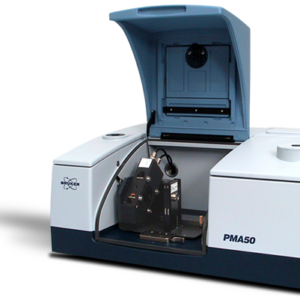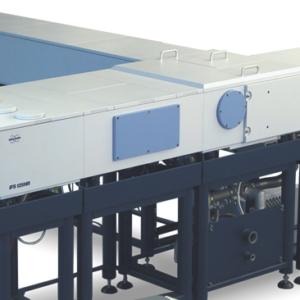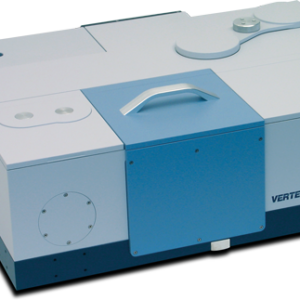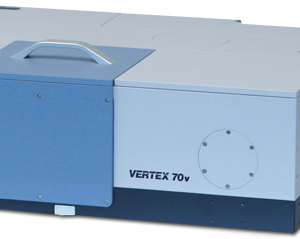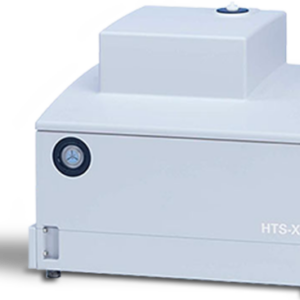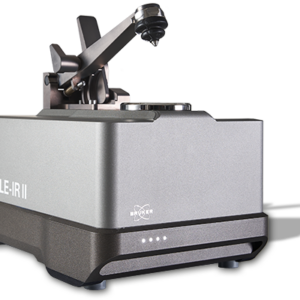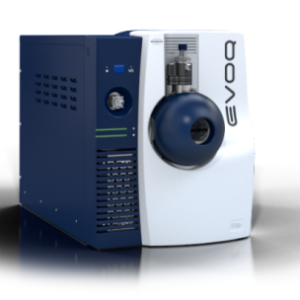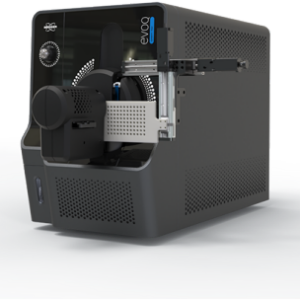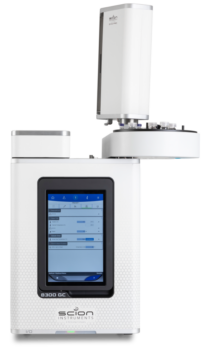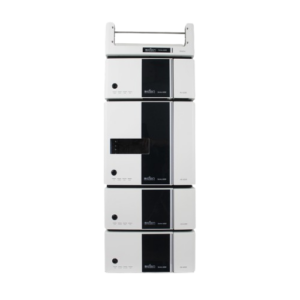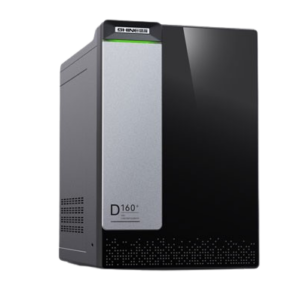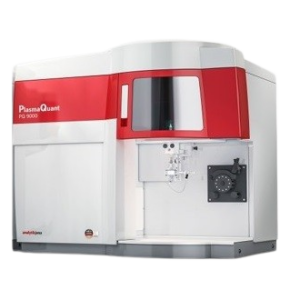ALPHA II
The ALPHA II is a compact FT-IR spectrometer with a footprint the size of a laptop. It is used for chemical analysis and enables you to do quality control, quantifications and verification of raw materials.
Trusted Results. Every time. Anywhere.

ALPHA II
Robust FT-IR Analysis for any Application
It's the Swiss-Knife of FT-IR Spectroscopy
We boldly state that the ALPHA II will succeed in all FT-IR applications in any industry, whether it is quantification, identification of unknowns, verification of raw materials, quality control or basic entry-level research.
ALPHA II Features:
- Compact and resilient design
- Easy adaptation to all sample types
- RockSolidTM interferometer (lifetime >10 years)
- CenterGlowTM source (lifetime >5 years)
- Diode laser (lifetime >10 years)
- Intuitive operation and software
- Optional: integrated touch PC
- Optional: inert to high-humidity
ALPHA II Benefits:
- Analyze any sample type
- Save space in your laboratory
- Enjoy maintenance-free operation
- Apply it in any work environment
- Train new users in a few minutes
- Be well-prepared for new tasks
- Low energy consumption
Infrared Spectroscopy Simplified
Ease of Use and Efficiency
Operating the ALPHA II is meant to be effortless and straightforward, regardless of whether you use the integrated touch PC or an external computer.
On one hand, OPUS TOUCH offers you minimal training time for new users and an accelerated analysis experience. In addition, the optional touch PC further reduces the overall footprint of the system, making it easier to transport the instrument.
On the other hand, the use of an external PC offers you an even richer feature set that leaves nothing to be desired from the most advanced users. The desktop version also features guided workflows for standard tasks, supporting FT-IR beginners.
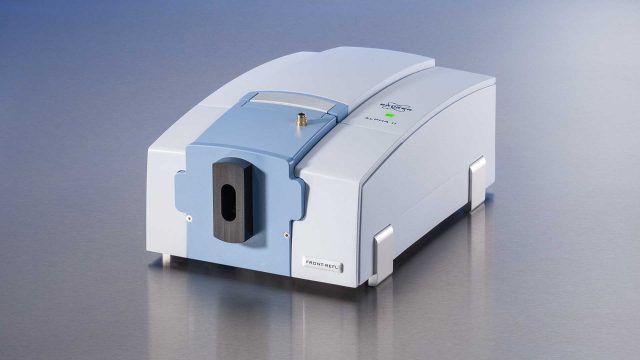
A demo version is available to try its features.
A RockSolid™ Foundation
We are proud to say that the ALPHA II is the most robust and reliable compact IR spectrometer available. Its RockSolidTM interferometer is wear-free and resistant to shocks and vibrations.
Apart from that, it offers an advanced stabilization of the IR source and features a durable diode laser with a life-time >10 years. It is operated by patented technology and consistently achieves highest wavenumber accuracy and spectral stability.
No matter what happens during your measurements, your spectra will always look exactly as they should. You can count on its reliability. Everyday. Anytime.
Design Follows Application
The ALPHA II lets you chemically analyze any kind of sample, may it be solid, liquid or gas. Valuable paintings, brilliant diamonds and excellent wines can also be analyzed by the ALPHA II easily and efficiently.
At the core of this approach are the QuickSnapTM sampling modules, which allow the instrument to be tailored to the specific analytical task. These modules are safely and securely locked into place, making the ALPHA II a dedicated analyzer.
And if the requirements change? Then the spectrometer can be adapted just as quickly to new tasks. That’s why the design of the ALPHA II will always follow your application.
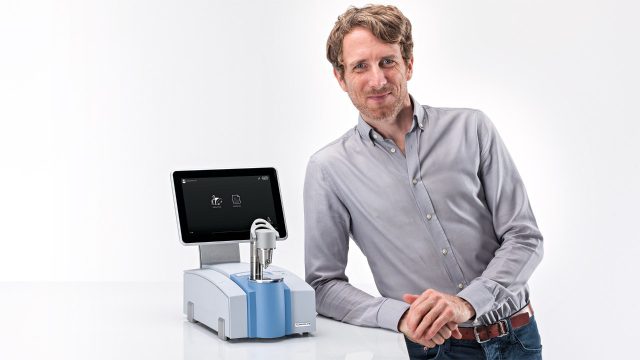
Applications of ALPHA II
Polymers
The ALPHA II is intensively used in the polymer industry. The ALPHA II inspects incoming raw materials, test finished products and investigate coated surfaces. One of the biggest user benefits, are Bruker's dedicated, up-to-date and ready-to-use methods to identify and characterize recently introduced polymers and fillers.
Industrial Manufacturing & Automotive
Infrared spectroscopy is a decisive tool in industrial applications, whether automated and in-line or manual and off-line. The ALPHA II is used to investigate coatings, used oils, finished products and much more.
Quantifications
Several accessories and toolkits are available to turn the ALPHA II into a quantification power house. Check water in oil, API concentrations, the amount of deuterium oxide in H2O or even the residual ammonia in parquet flooring. Multiple quantification methods facilitate reporting and documentation of results.
Lubricants and used-oil
FT-IR spectroscopy (and the ALPHA II) is also used to assess the quality of oil and determine typical oil parameters like soot/water/fuel content, accumulation of degradation products, and of course, the overall quality of lubricants in use. This can help prevent engine damages or critical failure of machinery.
Food & Beverage
As a reliable analyzer for wine, must and juices, the ALPHA II has found widespread use across the world. It analyzes sugar, alcohol and other contents in an efficient, fast and affordable manner. It is also used in FOA (foreign object analysis), identifying unknown contaminations in processed or packaged foods.
Pharmaceuticals
Early on, Bruker decided to design their software with the needs of pharmaceutical companies in mind. Therefore, OPUS and OPUS Touch follow the ALCOA+ principle and are 100% compliant with all major pharmacopoeias and of course 21 CFR part 11. Whether locally or on a server, the ALPHA II ensures data integrity and security.
Teaching
The ALPHA II is the most modern approach to FT-IR spectroscopy. Its optional touch-PC gets students interested and quickly involved with science. Its rugged, maintenance-free lets it withstand even the toughest chemistry teaching labs.
Forensic Drug Analysis
The TICTAC spectral library for drug analysis contains traditional as well as newly introduced drugs and illegal substances. Because the ALPHA can be quickly moved between operation sites, it is a great tool for governmental institutions like police, border control, or those deal that with illegal substances.
Environmental
One of the many environmental applications is the analysis of microplastics. Particles >500 µm are placed onto the ALPHA II, and a special “high pressure” accessory guarantees spectral quality. Additionally, the ALPHA II is also used to analyze soils as well as other environmental pollutants like oil and grease in water.
Art restoration & Artefacts & Jewellery
Historical works of art and jewellery have one thing in common: both are precious. The ALPHA II is applied in the restoration of historical paintings, buildings and artwork, and is also an affordable tool for the identification and type classification of diamonds and other gemstones.
OPUS Release 8.7 | ALPHA | Q3 2021
New Feature: Python Script Interface implemented into OPUS
It is now possible to create and execute Python scripts and to develop user-based methods directly in OPUS. This allows users to create their own evaluation routines based on Python. As Python is widely accepted as a programming standard in industry and science this gives users advanced control over their analytical toolset.
- Create and run Python scripts directly in spectrometer software OPUS
- Develop application dedicated evaluation routines and use them in OPUS
New Feature: Multi Evaluation expanded by Quick Compare for material verification
The OPUS Multi Evaluation function allows applying several evaluation methods in parallel, and hierarchically combined. Now, an initial qualitative sample identification can be performed and immediately followed by quantification using specific calibrations that correspond to the identification result. Multi Evaluation capabilities have been expanded to support the Quick Compare method for material verification.


